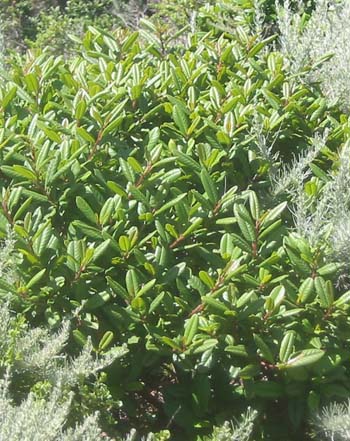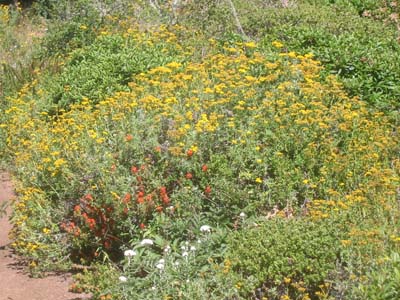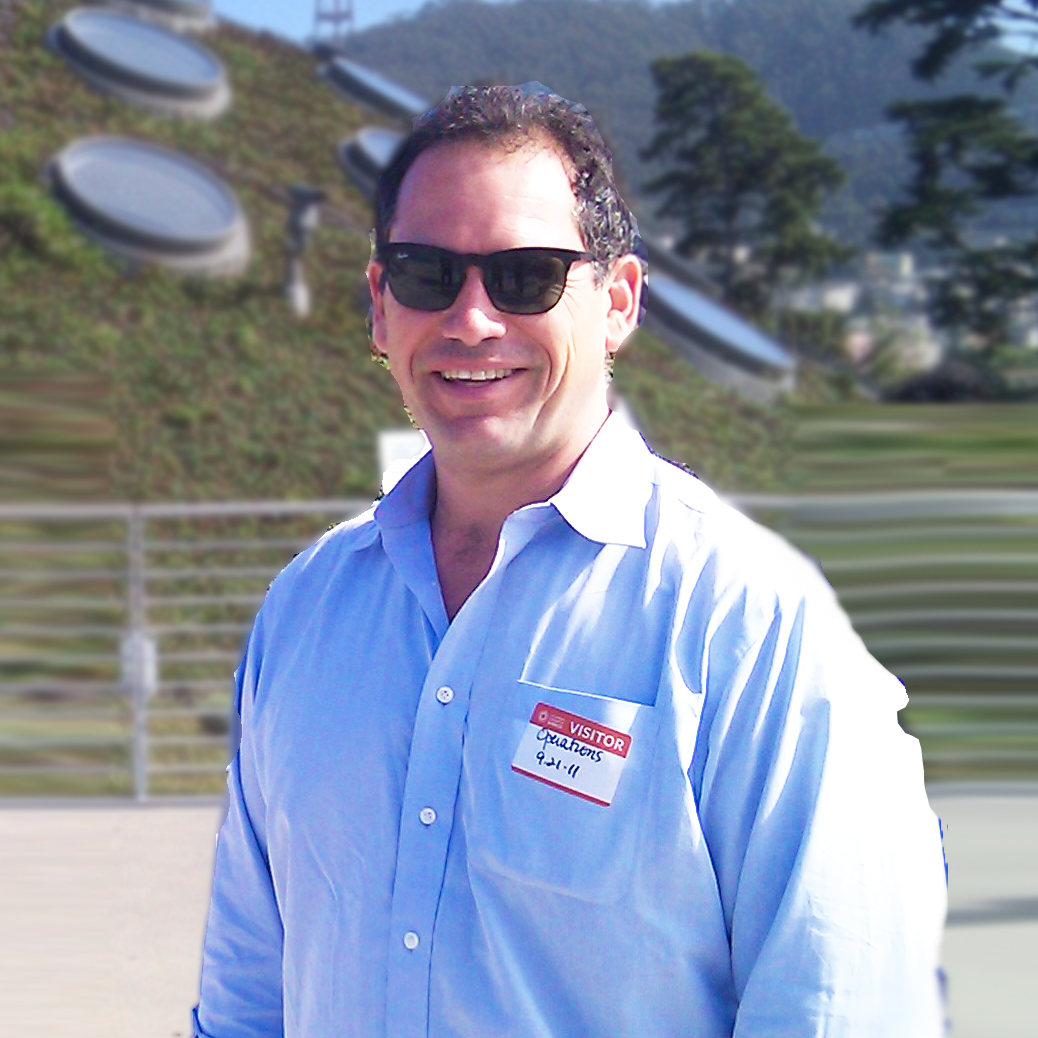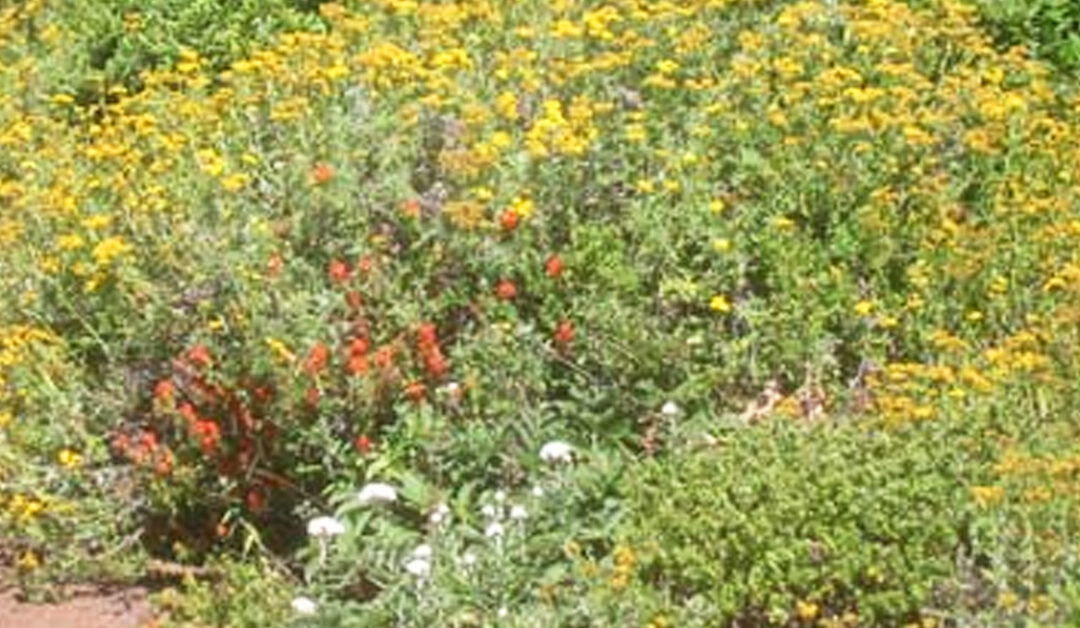Explorers from Great Britain and Spain reached the coastal waters of northern California in the mid-16th century, but somehow they missed San Francisco Bay: from their ships, the narrow Golden Gate must have looked like unbroken shoreline, or perhaps merely was shrouded in fog as they sailed past. For nearly 200 years, established colonial interests in California failed to discover our largest and most protected harbor. It remained for Don Gaspar de Portola to “discover” the bay during his overland expedition of 1769, when he crested Sweeney Ridge and beheld the waters pushing against the eastern horizon.

Today, hikers and explorers are certainly more numerous, but Sweeney Ridge remains among the Bay Area’s most beautiful and unpopulated trails. The spectacular 360-degree views include Twin Peaks, Mt. Tam, and Pt. Reyes stepping off to the north, Mt. Diablo standing guard on the eastern horizon, Folsom Lake and the San Francisco watershed cradled to the southeast, Montara Mountain and the uppermost spur of the Santa Cruz range rising to the south, and the mighty Pacific stretching away to the sunset. The trail traverses numerous distinct microclimates and habitats, supporting an impressive variety of native plant life that remains largely unchanged since before the time of the Conquistadors.
Start from the trailhead at Skyline College (from Skyline Dr. in San Bruno, turn west onto College Blvd. and bear left at the T-intersection to parking lot #2). Climb to the main trail and continue uphill to the first ridge, where a deserted control station still stands from the U.S. Army’s Nike missile era (1957-74). Drop down into “the notch,” a riparian valley, then up the far slope to an intersection with the Mori Ridge trail. Bear left (east) onto a paved former army road that runs past the ruins of the Nike missile installation and leads to the Portola discovery site.
Masses of robust Lizard Tail (Eriophyllum staechadifolium) flourish throughout this region, with arresting silvery grey leaves and a bright golden bloom that lights up the hillside. This subshrub grows between 2-4 feet tall, an excellent groundcover or an accent for larger plants in the garden. Landscapers also use it to stabilize disturbed areas, for erosion control and for wildlife food and cover.

The local population of California coffeeberry (Rhamnus california) develops an extraordinary shade of green foliage here, somewhere between emerald and jade. This shrub reaches anywhere from 3 to 15 feet, with pedicels of insignificant flowers maturing into lovely dark berries relished by birds and other wildlife. Coffeeberry makes an excellent evergreen hedge or screen — and as one of our most important native plants (growing wild in coastal scrub, chaparral, woodlands, and forests), it earns a place of honor in any California habitat garden.
Pushing up everywhere in great abundance between the shrubbery is Pearly Everlasting (Anaphalis margaritacea), a rhizomed perennial of leafy grey-green stems topped by globular flowers the shape and color of healthy if somewhat fuzzy pearls. Aromatic and atypical, it grows between 1-3 feet tall, an excellent source of character for both urban and rural landscapes.
Where the army road hairpins left and downhill, continue straight on the dirt path (under the power lines) and bear left at the first fork. This unmarked trail takes you to the Discovery Site and the stone monument dedicated to Portola and his historic vision.
Portola’s discovery of San Francisco Bay was in fact tainted with failure. His expedition sought the port of Monterey, discovered 150 years earlier and lauded in exaggerated terms by seafaring explorer Sebastian de Viscaino. But Portola, traveling by land, did not recognize the humble and unsheltered Monterey Bay as this fabled seaport of unlimited potential, so he marched right past it. He eventually reached Sweeney Ridge and the humbling sight of San Francisco Bay — which meant that he had ventured too far north. Rather than embrace this discovery of a superior strategic seaport, however, he chose instead to retrace his steps and search further for the mysterious Monterey, his intended goal. Alas, the discrepancy between Viscaino’s glowing description and the modest reality — compounded by the shortage of provisions and a crew decimated by scurvy and hunger — forced Portola to return to San Diego in defeat, convinced that Monterey no longer existed. Describing this grueling and humiliating homecoming, Portola wrote, “El Padre Presidente said to me, as he welcomed me, ‘You come from Rome without having seen the Pope.'”
If only the hapless Portola had known where to look, or rather how to look, he could have silenced El Presidente with a metaphor even more grand. For there on Sweeney Ridge, surrounded by a wealth of botanical gold and green and pearls everlasting, he laid eyes on the incomparable San Francisco Bay — akin to confronting the godhead from the sanctity of the Sistine Chapel.
* * *
Geoffrey Coffey is the founder of Madroño landscape design studio, a princpal of Bay Natives nursery, and a freelance writer for the San Francisco Chronicle.

Madroño president Geoffrey Coffey started the company in 2005 out of the back of a pickup truck. His garden column, “Locals Only”, first appeared in the San Francisco Chronicle in 2002. He lives in San Francisco with his wife and two children, where he also sings and thumps the bass for Rare Device.


